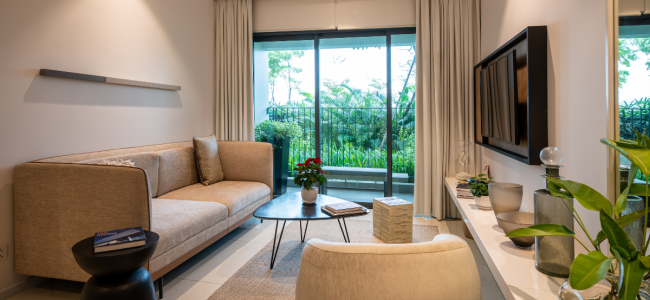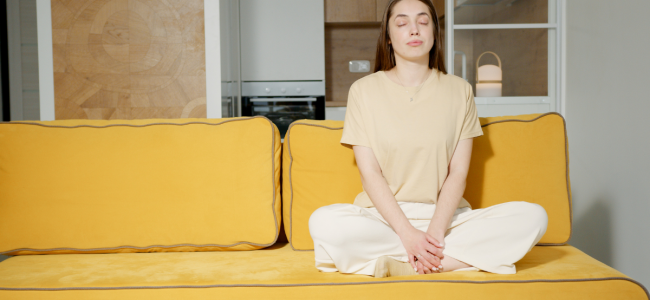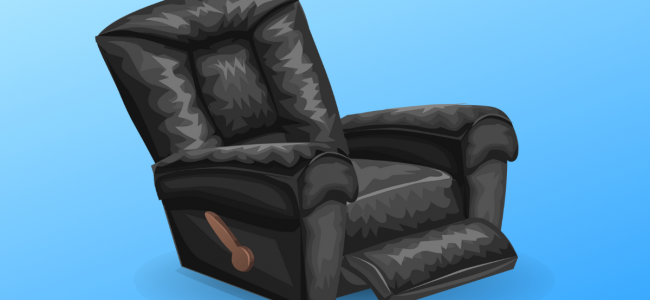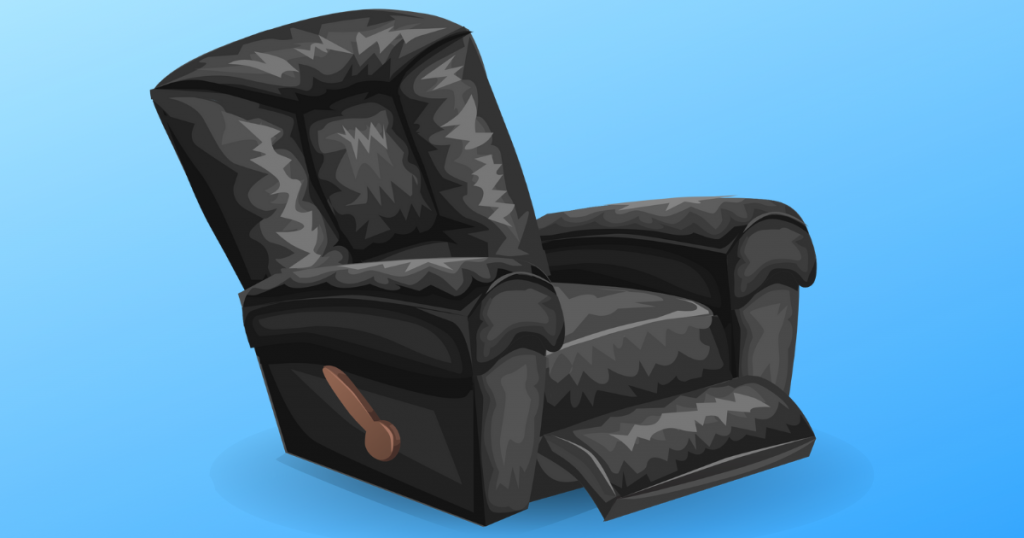

Leather sofas can add a touch of luxury and elegance to any home. They are also comfortable, durable, and low maintenance. However, over time, leather sofas can start to peel, crack, or fade. This can be due to a variety of factors such as exposure to sunlight, heat, moisture, or wear and tear.
If your leather sofa is peeling, don’t worry. With the right tools and techniques, you can repair it and keep it looking like new.
In this article, we will cover everything you need to know about repairing peeling leather sofas, including the tools and materials you will need, the steps involved in the repair process, and tips for maintaining your sofa to prevent future peeling.
What Causes Leather Sofa Peeling
Leather is a luxurious and durable material that is commonly used to make furniture, including sofas. Despite its durability, however, leather can suffer from a range of problems, including peeling. Several factors can contribute to leather sofa peeling, including:
- Exposure to Sunlight Excessive exposure to sunlight can cause the leather to dry out, become brittle, and eventually peel. This is because the UV rays from the sun can break down the leather fibers and cause them to become weaker over time. To prevent this from happening, it is important to keep your leather sofa away from direct sunlight and use blinds or curtains to filter the light.
- Heat Leather can also be damaged by exposure to heat, which can cause it to dry out, become brittle, and eventually peel. This is why it is important to keep your leather sofa away from heat sources, such as radiators and fireplaces, and to avoid placing it near windows where it may be exposed to direct sunlight.
- Humidity can also harm leather, causing it to become damp and eventually peel. This is why it is important to keep the air in your home as dry as possible, especially during the winter months when humidity levels tend to be higher.
- Chemicals, such as cleaning agents and solvents, can also cause the leather to peel. This is why it is important to always use a leather cleaner that is specifically designed for use on leather sofas and to avoid using harsh chemicals that can damage the leather.
- Regular Wear and Tear Finally, regular wear and tear can also cause the leather to peel over time. This is why it is important to take care of your leather sofa by cleaning and conditioning it regularly and avoiding exposing it to harsh conditions that can cause it to become damaged.
To prevent leather sofa peeling, it is important to take the necessary steps to protect your leather sofa from the various factors that can contribute to this problem. By taking care of your leather sofa, you can help to ensure that it remains a beautiful and functional piece of furniture for many years to come.
Tools and Materials You Will Need
To repair a peeling leather sofa, you will need the following tools and materials:
- Leather repair kit
- Leather conditioner
- Clean cloths
- Water
- Spoon or spatula
- Paintbrush (optional)
Steps to Repair Peeling Leather Sofa
Here are the steps you need to follow to repair a peeling leather sofa:
- Clean the leather: Use a clean cloth to wipe down the leather, removing any dirt or dust.
- Prepare the repair kit: Follow the instructions on the leather repair kit to mix the repair compound.
- Apply the repair compound: Use a spoon or spatula to apply the repair compound to the peeling area. Smooth out the compound, making sure it is even and covers the entire area.
- Let the compound dry: Allow the repair compound to dry completely, following the instructions on the kit. This could take anywhere from a few hours to a day, depending on the product you use.
- Sand the area: Use fine-grit sandpaper to gently sand the repair area, removing any excess compound and creating a smooth surface.
- Apply leather conditioner: Use a clean cloth to apply the leather conditioner to the repaired area. This will help restore the leather’s natural oils and prevent further damage.
- Clean the leather: Use a clean cloth to wipe down the leather one last time, removing any excess conditioner.
Tips for Maintaining Your Leather Sofa
To keep your leather sofa looking like new, follow these tips:
- Avoid exposing the sofa to direct sunlight or heat
- Keep the sofa away from sources of moisture, such as windows or vents
- Use a leather protectant to help repel dirt and moisture
- Clean the sofa regularly with mild soap and water
- Avoid using harsh chemicals or cleaners on the leather
- Rotate and flip the cushions regularly to distribute wear and tear evenly
Conclusion
In conclusion, repairing a peeling leather sofa can be a daunting task, but with the right tools and techniques, it can be done effectively and efficiently. Whether you choose to tackle the problem yourself or hire a professional, the important thing is to act quickly to prevent further damage and keep your leather sofa looking new for years to come. By following the steps outlined in this article, you will be well on your way to repairing and maintaining your leather sofa, ensuring that it remains a beautiful and functional piece of furniture for many years to come.
FAQs
What causes leather sofas to peel?
Leather sofas can peel due to exposure to sunlight, heat, humidity, and chemicals, as well as regular wear and tear.
Is it possible to repair peeling leather sofas?
Yes, it is possible to repair peeling leather sofas with the right tools and techniques.
Can I fix a peeling leather sofa myself?
Yes, you can fix a peeling leather sofa yourself with the right tools and techniques, or you can hire a professional to do the job for you.
What tools do I need to repair a peeling leather sofa?
You will need a leather repair kit, a leather cleaner and conditioner, and a leather filler.
How often should I clean and condition my leather sofa to prevent peeling?
It is recommended to clean and condition your leather sofa every 6 to 12 months to prevent peeling and keep it looking new.



